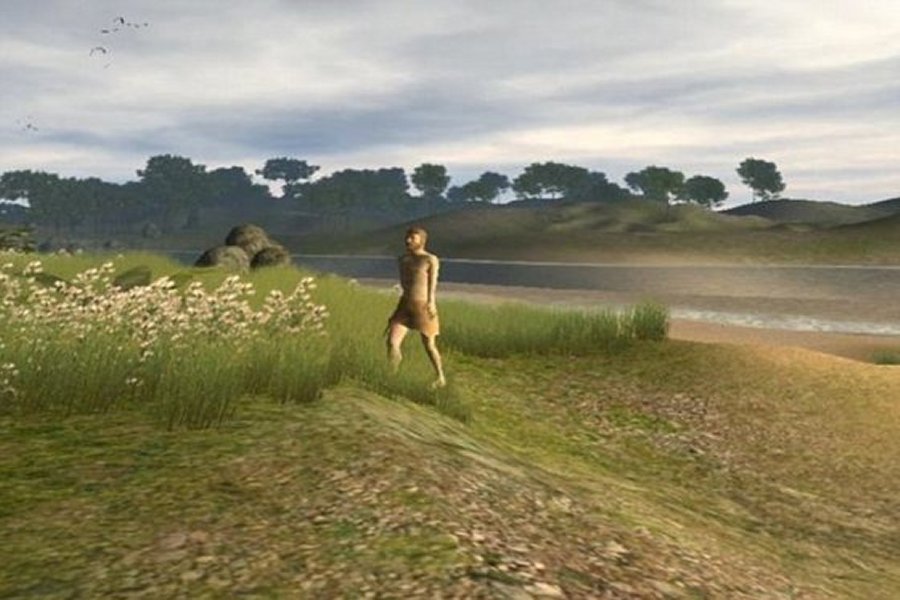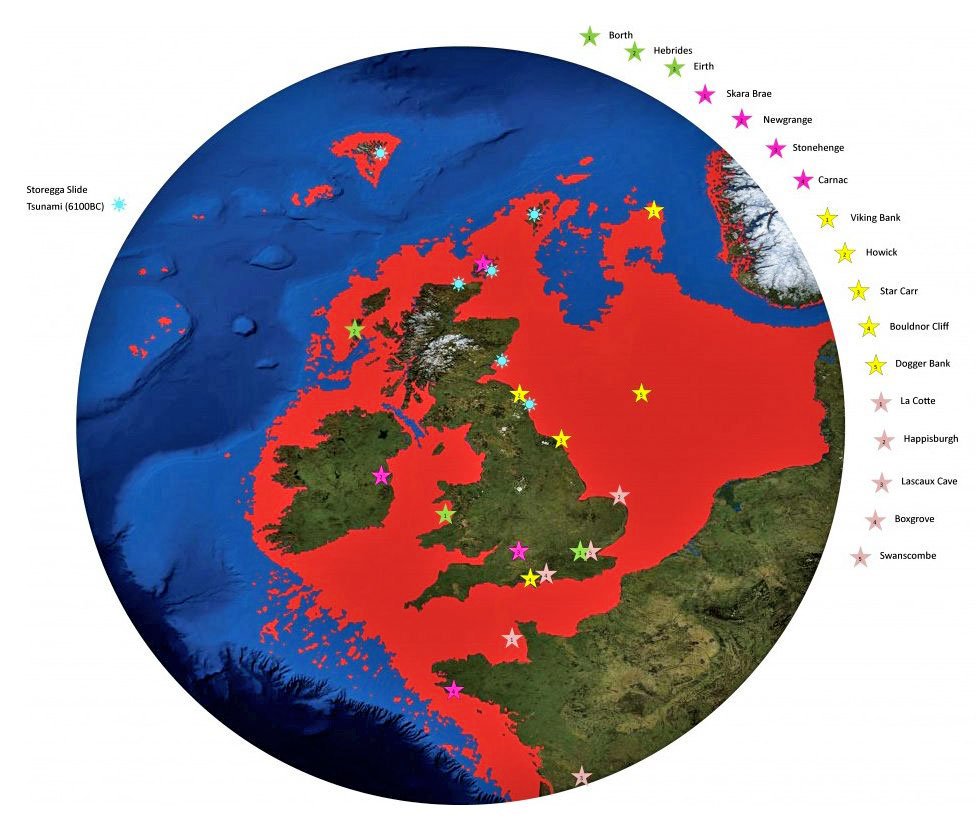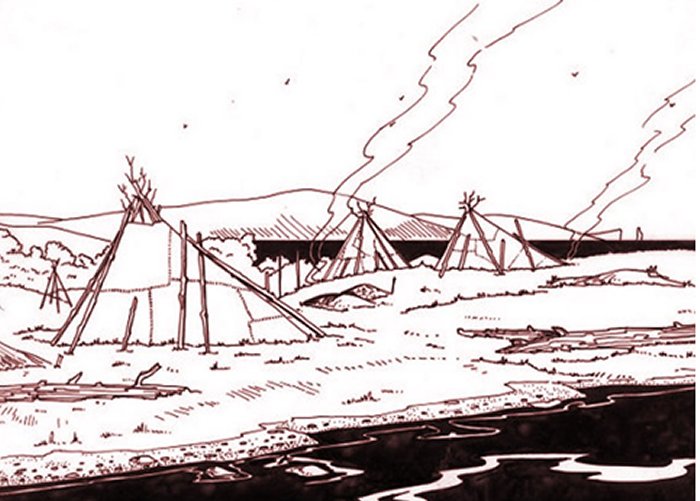Could Doggerland Be Europe’s True ‘North Atlantis’ Of Stone Age?
Conny Waters - AncientPages.com - Under the North Sea lies a huge rural area, known as “Doggerland” and dating back to 7,000 years ago.
It is now submerged beneath the southern North Sea that connected the present-day United Kingdom to the east with the coasts of the Netherlands, Germany and Denmark.
Doggerland existed about 20,000 years ago. However, the land ceased to exist about 7,000 years ago, when ice melting in the Arctic led to the sea surface rising.
Doggerland was named in the 1990s, after the Dogger Bank which in turn got its name after the 17th century Dutch fishing boats called “doggers”.
Before Doggerland was destroyed, this huge land mass was dry and inhabited by tens of thousands of people.
About 7,000 years ago, it was the real center of European continent and researchers confirmed that the name “Doggerland” refer to several periods when the North Sea was land. When the ice melted, more land was revealed but the sea level also rose, flooding the North Sea through the English Channel and cut off the British Isles from the European mainland. The UK coastline of today was formed.
See also:
Quest For Atlantis Of The Sands – Iram Of The Pillars – A Legendary Lost City
Lost Ancient Golden City Of Vineta – The Atlantis Of The North
Crimean Atlantis: Remarkable Ancient Underwater City Of Akra
The most recent and popular hypothesis suggests that much of the remaining coastal land was flooded by a megatsunami dated to about 6200 BC. The disaster was caused by a submarine landslide off the coast of Norway, known as – Storegga Slide. - considered to be amongst the largest known landslides.
Traces Of Submerged Doggerland
With help of measurements made by the North Sea oil company, British researchers have been able to map Doggerland. They have discovered large forests, hills, valleys and immense plains full of animals including aurochs, mammoth and red deer.
Doggerland offered an increasingly attractive environment for human settlement and hunters. In the meantime, global climate continued to warm and the habitat gradually began to change into a land of deep rivers and inlets, lagoons, wetlands, archipelagos and marshes with a great diversity of plants and animals.
"We're able to understand the types of people who were there," Dr. Richard Bates said. "It has been described as a Stone Age Atlantis - a starry-eyed image of a drowned lost kingdom. But it was certainly a land that would have been heavily populated and it has been lost."
The land became one of the richest hunting and fishing grounds in Europe.
Many researchers from the universities of Birmingham, St Andrews, Dundee, and Aberdeen studied Doggerland, and recently, it was possible to reproduce the remains of megafauna and the tools of hunter-gatherers who lived in Doggerland before the sea level rose dramatically and a devastating tsunami destroyed lives of people and animals.
Fishermen and geologists were occasionally able to find prehistoric artifacts such as mammoth teeth, antlers, some of which have been worked, and the tools that the humans used, including harpoons, arrows, fish prongs, axes and pieces of flint.
A mass grave was also discovered with mammoths, standing rocks, walls, fossilized tree trunks and a likely burial place for humans.
Written by – Conny Waters – AncientPages.com
Copyright © AncientPages.com All rights reserved. This material may not be published, broadcast, rewritten or redistributed in whole or part without the express written permission of AncientPages.com
Expand for referencesMore From Ancient Pages
-
 On This Day In History: The Battle of Salamis – Sep 22, 480 BC
News | Sep 22, 2015
On This Day In History: The Battle of Salamis – Sep 22, 480 BC
News | Sep 22, 2015 -
 Ziggurats, Axis Mundi And Strong Connection To Religion In Mesopotamia
Featured Stories | Mar 17, 2021
Ziggurats, Axis Mundi And Strong Connection To Religion In Mesopotamia
Featured Stories | Mar 17, 2021 -
 Remarkable Funerary Relief Of Life-Size Couple Discovered At The Necropolis Of Porta Sarno In Pompeii
Archaeology | Apr 2, 2025
Remarkable Funerary Relief Of Life-Size Couple Discovered At The Necropolis Of Porta Sarno In Pompeii
Archaeology | Apr 2, 2025 -
 London’s Underground Rivers Were Deliberately Hidden
Featured Stories | Oct 8, 2018
London’s Underground Rivers Were Deliberately Hidden
Featured Stories | Oct 8, 2018 -
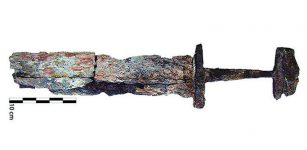 Viking Sword Found In Patara May Have Belonged To A Varangian Guard
Archaeology | Nov 22, 2018
Viking Sword Found In Patara May Have Belonged To A Varangian Guard
Archaeology | Nov 22, 2018 -
 Old Royal Crime – Dark Riddle Of Young Princes In The Tower Of London
Featured Stories | Jun 14, 2020
Old Royal Crime – Dark Riddle Of Young Princes In The Tower Of London
Featured Stories | Jun 14, 2020 -
 Discovery Of Camouflaged Ancient Stone Chest In Egyptian Temple May Reveal Hidden Royal Tomb – Who Is Buried Near Hatshepsut’s Temple?
Archaeology | Mar 10, 2020
Discovery Of Camouflaged Ancient Stone Chest In Egyptian Temple May Reveal Hidden Royal Tomb – Who Is Buried Near Hatshepsut’s Temple?
Archaeology | Mar 10, 2020 -
 On This Day In History: Noah Webster, Jr. “Father Of American Scholarship And Education” Was Born – On Oct 16, 1758
News | Oct 16, 2016
On This Day In History: Noah Webster, Jr. “Father Of American Scholarship And Education” Was Born – On Oct 16, 1758
News | Oct 16, 2016 -
 King Solomon’s Magical Shamir Could Cut Through Any Stone – Proof Of Advanced Ancient Technology?
Featured Stories | Aug 23, 2018
King Solomon’s Magical Shamir Could Cut Through Any Stone – Proof Of Advanced Ancient Technology?
Featured Stories | Aug 23, 2018 -
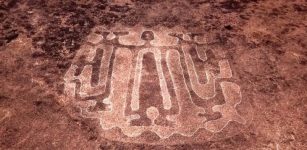 Intriguing Petroglyphs Reveal Traces Of A Lost Ancient Civilization In India
Archaeology | Oct 4, 2018
Intriguing Petroglyphs Reveal Traces Of A Lost Ancient Civilization In India
Archaeology | Oct 4, 2018 -
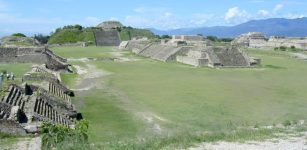 Ancient Mexican City Endured For Centuries Without Extremes In Wealth And Power
Archaeology | Mar 8, 2022
Ancient Mexican City Endured For Centuries Without Extremes In Wealth And Power
Archaeology | Mar 8, 2022 -
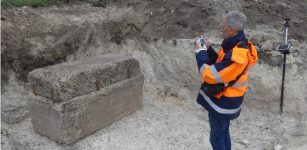 Intact 1,800-Year-Old Roman Sarcophagus With Unexpected Treasures Found In France
Archaeology | Sep 26, 2023
Intact 1,800-Year-Old Roman Sarcophagus With Unexpected Treasures Found In France
Archaeology | Sep 26, 2023 -
 Unique 1,600-Year-Old Gold Bead Found By Teenager In Jerusalem’s City Of David
Archaeology | Feb 9, 2023
Unique 1,600-Year-Old Gold Bead Found By Teenager In Jerusalem’s City Of David
Archaeology | Feb 9, 2023 -
 Roman Sexuality Was Far More Complex Than Simply Gay Or Straight – Pompeii’s House Of The Vettii Reveals Why
Featured Stories | Jan 24, 2023
Roman Sexuality Was Far More Complex Than Simply Gay Or Straight – Pompeii’s House Of The Vettii Reveals Why
Featured Stories | Jan 24, 2023 -
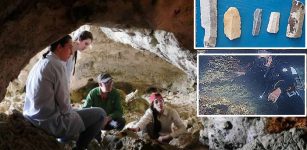 Early Expansion Of Homo sapiens: Underwater Caves Give New Clues About Sicily’s First Residents
Underwater Discoveries | Oct 15, 2024
Early Expansion Of Homo sapiens: Underwater Caves Give New Clues About Sicily’s First Residents
Underwater Discoveries | Oct 15, 2024 -
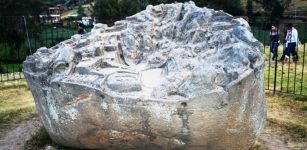 Puzzling Huge Ancient Sayhuite Monolith In Peru Remains An Unsolved Mystery
Civilizations | Jul 23, 2016
Puzzling Huge Ancient Sayhuite Monolith In Peru Remains An Unsolved Mystery
Civilizations | Jul 23, 2016 -
 Bonobos And Chimps: What Our Closest Relatives Tell Us About Humans
Featured Stories | Apr 6, 2023
Bonobos And Chimps: What Our Closest Relatives Tell Us About Humans
Featured Stories | Apr 6, 2023 -
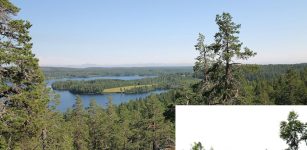 Spir Mountain Cairns: Prehistoric Ancient Monuments To The Dead In Northern Sweden
Featured Stories | Jan 12, 2022
Spir Mountain Cairns: Prehistoric Ancient Monuments To The Dead In Northern Sweden
Featured Stories | Jan 12, 2022 -
 Bizarre Towering Pillars Of Externsteine: Myths, Legends And Sacred Rituals From Times Long Gone
Civilizations | Jan 7, 2017
Bizarre Towering Pillars Of Externsteine: Myths, Legends And Sacred Rituals From Times Long Gone
Civilizations | Jan 7, 2017 -
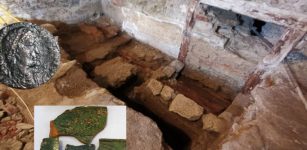 4th-Century Roman Coin And Pub-Like Structure With Heating System Excavated In Slovakia
Archaeology | Aug 11, 2020
4th-Century Roman Coin And Pub-Like Structure With Heating System Excavated In Slovakia
Archaeology | Aug 11, 2020

